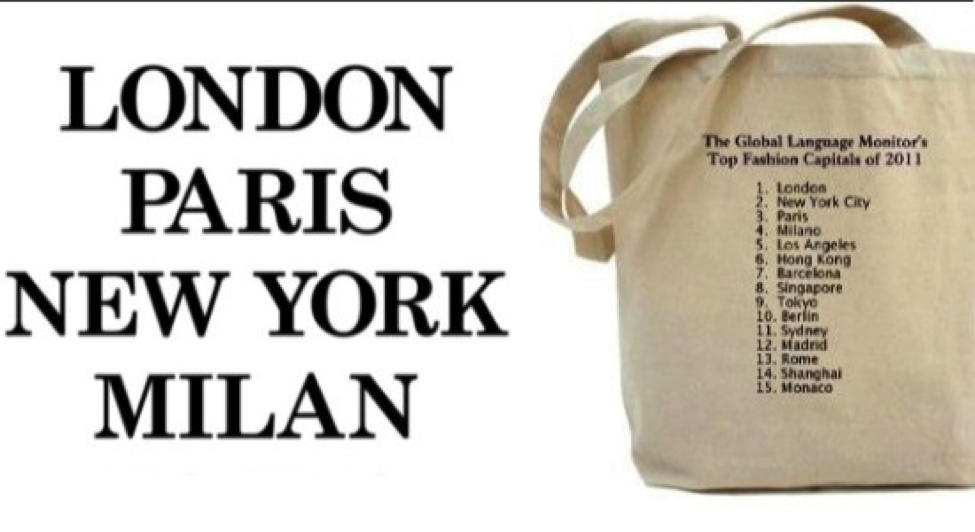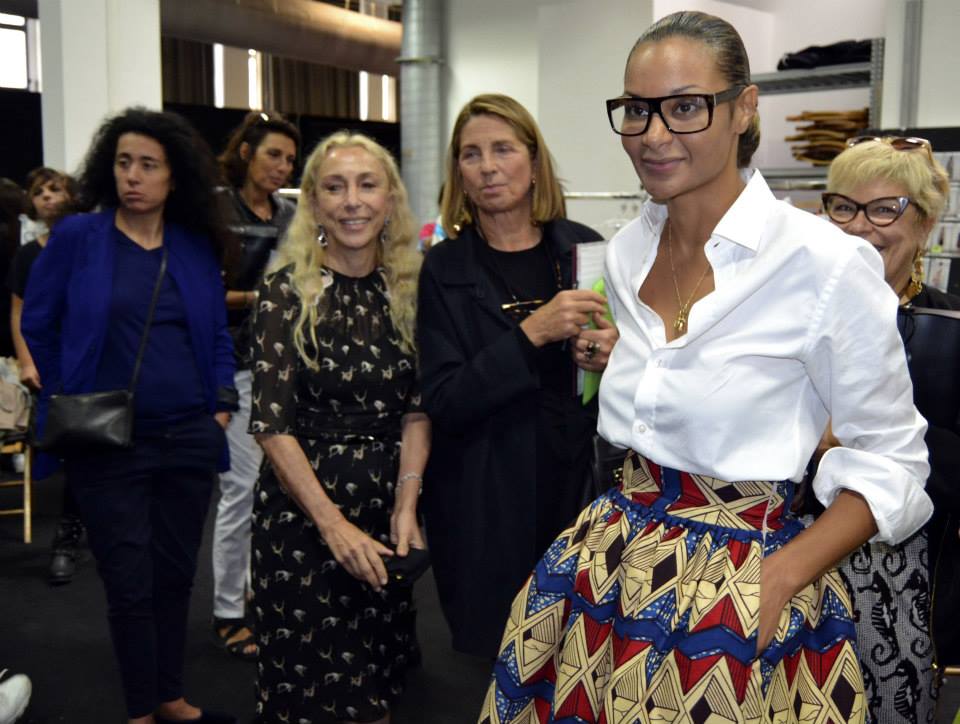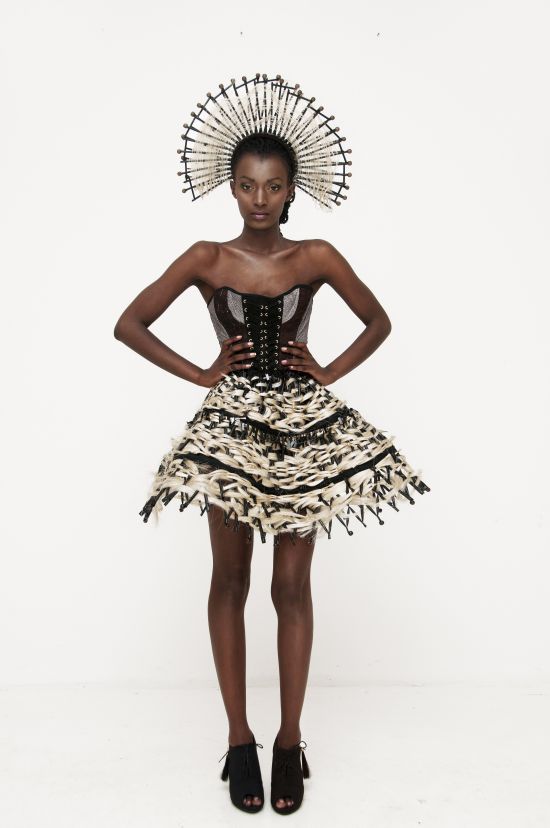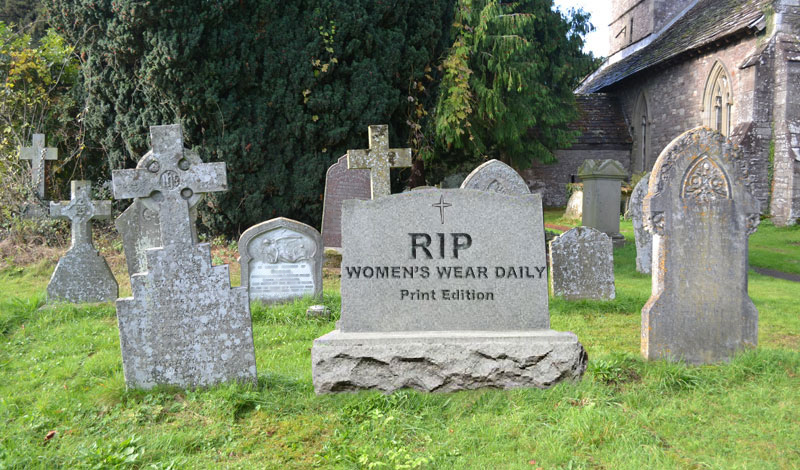LADYBRILLE – It is obvious that the age- long latent potentials, skills, ingenuity, hardwork and creativity of the African Fashion industry is rapidly seeping out for the world to see and also benefit from; many thanks to the memorable contributions of industry trailblazers and of course technology. As a result of these discoveries, a handful of international conferences, researches as well as organizational bodies have emerged with the sole purpose of being part of this new shift and the potential economic benefits of the continent. Some of the recent and very effective meetings include: the International Herald Tribune (IHT) Luxury Conference (Italy), Tokyo International Conference on African Development, and the British Fashion Council international fashion events. Most these have resulted in diverse and further research leading to investments, sponsorships, business partnerships, joint ventures and more.
However, in as much as the above result is exciting, the questions that come to mind are as follows: 1) Is this all the fashion industry is about? Are there other benefits to be gained from these conferences and meetings? 2) What is the future of African Fashion? 3) Can the world’s fashion capital(s) be located in Africa? 4) what is the worth of the African fashion industry as it stands and can the industry be the world’s preferred sourcing destinations for luxury fashion? 5) Can Africa take the lead in contributing immensely to future fabrics and technology? 6) Are these mere wishes or dreams and simply unattainable goals?
Yes they are dreams but thankfully they are achievable. Taking a cue from the infamous speech of Martin Luther King Junior in 1963, “I have a dream” I will freely share below four major aspirations that I have for Africa’s fashion industry without any inhibition or restrictions.
1. I have a Dream That Someday, Africa’s Major Cities Will Dominate and Become the World’s Fashion Capitals
Briefly looking at what a fashion capital is, it is a city which has a major influence on international fashion trends and is a key center for the fashion industry, in which activities including the design, production and retailing of fashion products, fashion events and fashion-related trade fairs generates significant economic output.
Fashion capitals usually have a broad mix of businesses, financial, entertainment, cultural and leisure activities. Historically, several cities across mostly the Western countries have been the fashion capital although presently there are only four principal fashion capitals: London, New York, Paris and Milan (the titles shifts from one to another yearly by annual ranking). This shows it is possible for any willing city, including a city in Africa to be a fashion capital.
However, to get there, a well-defined unique and strong identity, preservation of fashion history or discoveries, fast growing innovation capacities, story- telling skills, inventions and deliberate contributions to the future of fashion are very crucial to qualify.
2. I have a Dream that Africa’s Fashion Industry Will Become the World’s Hub for Commerce and Creativity.
According to the Economic Intelligent Unit report (EIU), “by 2030, Africa’s top 18 countries will have a combined spending power of $1.3 trillion” as a result of this prediction -which is one of so many, there has been an influx of foreign investors into the continent, driven by need for resources and markets.
On the contrary, I envision Africa’s fashion industry positioned as the hub for commerce and creativity, not as spenders or just consumers but a source of inspiration for the global fashion community and reaping the dividends of creativity through the mass growth of the retail industry and export driven growth. I believe the African retail environment will become the go -to destination for fashion on the continent, with increased production capability, faster product development, increasingly effective manufacturing systems, supply chain management, well-defined retail districts, effective distribution channels, vertical integration and infrastructure.
3. I Have a Dream that Africa Will House the Highest Percentage of Local Partners and Investors.
Subconsciously, an average African designer or retailer prefers foreigners to locals when it comes to business dealings. This may be related to presentation skills; the former usually comes up with a structured process, clear and measurable goals while most locals are informal in business dealings. I anticipate this will change in future and that Africa will have more locally involved investments and partnerships. This will be realized by well-defined partnership agreement, measurable goals and encouraging publicly traded fashion brands. Expectedly lack of documentation and content management has been the bane of many local business partnerships; hence vision, plans, inventions, progress and challenges must be documented and celebrated. Gone are the days when ideas are only kept at heart for the fear of losing the right of ownership. These ideas will be converted into tangible creations and Fashion Law for Africa’s fashion industry and professionals, which is a category pioneered and discussed here on Ladybrille, will be available to help protect the intellectual property of Africa’s design industry.
4. I Have a Dream that Someday, Africa Will House Ten of the World’s Top Fashion Schools.
While looking through the most recent ranking of the best 50 fashion schools in the world, I noticed there is no single African fashion school that is represented on the list. This is not because there are no reputable fashion schools in Africa but Africa is not doing enough to avoid being overlooked. According to Benhabib and Spiegel, authors of ‘The role of Human Capital in Economic Development’ in Journal of Monetary Economics stated that “It is the lack of investment in human capital that prevents poor countries from catching up with the rich ones”. African Fashion ingenuity can only become well represented if there is a strong academic establishment to accompany it. It is worthy of note however, that fashion is constantly evolving and to be relevant in this changing process constant and speedy upgrade of the education system is very crucial.
In conclusion, slowly but surely the misplaced caricature of African Fashion is changing with an increasing number of industry experts and investors looking to Africa as the next major hub for the production and ultimately the consumption of luxury fashion products.
But as much as this is reasonable, there is a need for African fashion industry leaders and players to plan beyond operating only as production hubs -which is the least profitable in the value chain – to continuous technical innovations, product research and development, deepening partnerships between the upstream and downstream players, marketing, collaborations with home and foreign counterparts and finally being bold enough to innovate fashion culture and models which will help build a modern industrial network in other to find new position in the global economy . Although at the moment the journey seems too far and the dream looks rather impossible; but borrowing a wise saying from Napoleon may keep the dream alive, “there is a sleeping giant (Africa’s Fashion Industry), let him sleep! For when he awakes will shake the world”.
Words by Omolade Oshinubi
Photocredit: AsianFashionLaw.com
Founded in 2007, Ladybrille® Magazine is a California based pioneer digital publication demystifying the image of Africans in the west through contemporary African fashion and celebrating the brilliant woman in business and leadership, with an emphasis on the African woman in the diaspora. Our coverage includes stories on capital, access to markets, expertise, hiring and retention, sales, marketing, and promotions.








[…] leave you with a great post via Ladybrille which is titled ‘My Dream for the Future of Africa’s Fashion Industry‘ and a piece I did for Heritage 1960 on ‘Africa’s Fashion […]